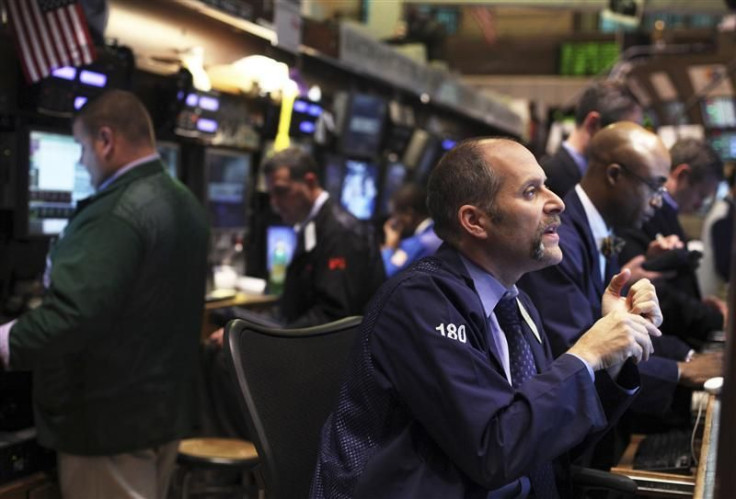US Stock Futures Signal Higher Open Ahead Of Jobless Claims, Trade Balance

U.S. stock index futures point to a higher open Thursday ahead of the Labor Department's weekly jobless claims data and the Bureau of Economic Analysis' trade balance report.
Futures on the Dow Jones Industrial Average were up 0.25 percent, futures on the Standard & Poor's 500 index were up 0.27 percent and those on the Nasdaq 100 index were up 0.40 percent.
Investors are likely to focus on the weekly U.S. jobless claims data to be reported Thursday. The initial jobless claims report, which measures the number of individuals who filed for unemployment insurance for the first time last week, is expected to rise to 370,000 for the week ending August 4, up from 365,000 the previous week.
Investors are also expected to focus on the trade deficit to be reported Thursday. The trade deficit, which measures the difference in value between imported and exported goods and services over the reported period, is expected to decline to $47.5 billion in June from $48.7 billion in May.
On Wednesday, the U.S. stocks were flat as investors remained watchful amid concerns of the sluggish global economy and the euro zone's deepening debt burden. The Dow Jones Industrial Average rose 0.05 percent, the S&P 500 Index was up 0.06 percent and the Nasdaq Composite Index declined 0.15 percent.
Major European indices were in green as investors remained hopeful that monetary easing measures would be announced globally to boost the economic growth momentum. London's FTSE 100 was up 8.05 points, Germany's DAX 30 Index rose 4.10 points and France's CAC 40 advanced 17.13 points.
Most of the Asian stocks were up as investor confidence was lifted by hopes that China would announce stimulus measures to boost the economic condition and regain the growth momentum. Market sentiment turned positive to note that the rate of inflation in China slowed down in July from the previous month, showing signs of a gradual decline in price pressure to make room for monetary easing.
Data from the National Bureau of Statistics show that the consumer price index of China rose 1.8 percent in July from a year earlier, down from 2.2 percent in June. The diminishing inflation should be good news because it can help the Chinese government revive growth without much concern about the rising prices.
© Copyright IBTimes 2024. All rights reserved.











